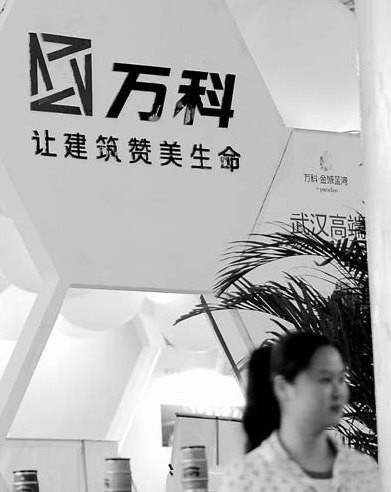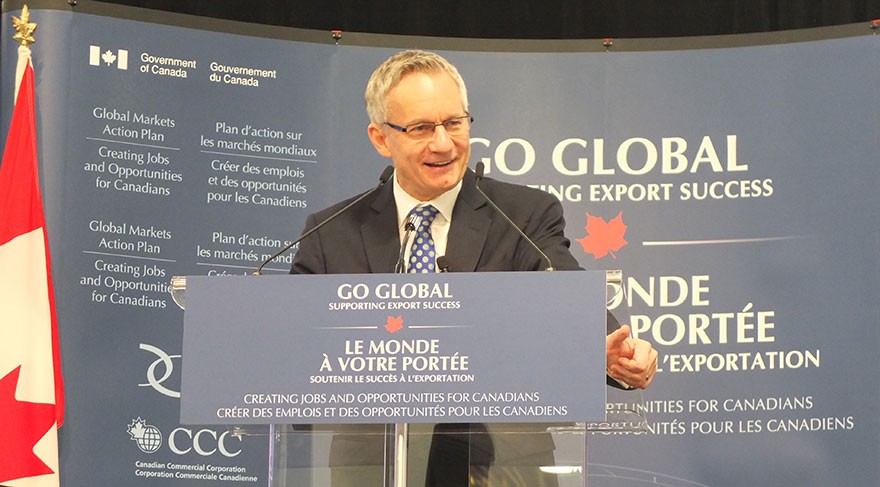Investing abroad Trade by Numbers
Post on: 2 Июль, 2015 No Comment

Wilf Gobert
CALGARY (GlobeinvestorGOLD)In May, 1999, a Calgary-based oil company with operations in the former Soviet republic of Kazakhstan sought refuge from creditors under Alberta law as oil prices plunged as low as $10.00 (U.S.) per barrel.
The stock had fallen from a high of $14.40 in 1997 to 36 cents a share
With this sort of a history, how could haveor should haveinvestors find the financial risk in PetroKazakhstan Inc.. then known as Hurricane Hydrocarbons Inc. acceptable in return for the potential reward?
Well, for those that did, PetroKaz shares are now trading near their record high of $30 and will rank among the top performing energy shares on the Toronto Stock Exchange for a fourth straight year.
How does an investor come to understand acceptable risk? First you’ll need some background in how to recognize that risk is often more perceived than real, and that, in the oil industry, financial conditions can change rapidly.
PetroKaz has all of its assets in Kazakhstan, which is widely acknowledged to be the most successful economy among the countries that formed the Union of Soviet Socialist Republic (USSR, now referred to as the FSU ). Nevertheless, all FSU countries tend to be viewed in North America through the same looking glass. In 1999, PetroKaz’s assets consisted solely of crude oil production, all of which was sold to a refinery located over 700 km away, in the southern Kazakhstan city of Shymkent. With the 1998-1999 collapse in world oil prices, the refinery slashed the price it paid for PetroKaz’s crude, forcing it into bankruptcy protection.
In September of 1999, the company persuaded a member of its Board of Directors, Bernard Isautier, to assume the title of President and Chief Executive Officer. Within weeks, Mr. Isautier reached an agreement with the owners of the Shymkent refinery to sell the refinery to PetroKaz in return for cash and 30 per cent of the company’s common shares. Since the price of crude oil had been rising rapidly from the low point in February of 1999, the now-integrated operation of PetroKaz was already making a profit by the time the refinery acquisition deal closed in March of 2000. By June of 2001, PetroKaz repaid all of its debt, along with a premium for early redemption.
In April 2001, PetroKaz’s stock was trading at $8 and its major shareholder mused that it might raise its equity interest from 30 per cent to just over 50 per cent, effectively taking control of the company. Because the company is incorporated in Canada and listed for trading on the TSX, a non-arm’s length major shareholder who wishes to a make an offer to acquire control of a company must first satisfy certain preconditions, including allowing the company to commission an independent analysis of the fair value of its shares. Peters Co. Ltd. was hired to provide this fairness opinion.
While the fairness opinion was being prepared, the stock price rose to over $12 and PetroKaz said it would issue a one-time, special dividend of $4 per share, payable in the form of notes, with a 12 per cent coupon, payable semi-annually and redeemable in four years. By this time, the company’s crude oil production of 100,000 barrels per day had nearly doubled the average from 1998.
Despite the rapid growth in crude production and the stunning recovery in financial condition, the market traded the notes at par, signifying a very large discount to account for the fact the company does its business in Kazakhstan and the perceived financial risk therein.
However, in 2003, Moody’s, the debt rating agency, raised the government of Kazakhstan’s debt rating to investment grade, and PetroKaz was able to prematurely redeem its notes (interest was payable after tax, because the notes were issued by the Canadian parent, which had no income), and refinanced its debt through its Kazakhstan operating subsidiary in the European market at rates below 10 per cent, with the interest deductible from taxable income.

In the spring of 2003, PetroKaz listed its shares on the New York Stock Exchange, and in October, 2003 the shares were listed on the London Stock Exchange. These two listings broadened the following of the company’s activities among an audience of investors who are willing to assume a greater level of risk. In October, 2003, the stock traded as high as $23.20 (U.S.) on the NYSE, the equivalent of about $31 in Canadian funds.
Production is currently approximately 170,000 barrels per day, more than triple 1998 levels. And yet, there is one more factor that could substantially increase the company’s share price.
PetroKaz produces its oil in central Kazakhstan and there are no pipelines to export crude oil outside of the country. As a result of this land-locked condition, the company has used railroad tankers to ship crude, a common practice in FSU countries, mostly to the Black Sea. The railroad is controlled by the national government and it has charged shipping fees well above the level of a free market system. The result is that PetroKaz receives a crude price that is $12 (U.S.) per barrel less than the price of North Sea Brent crude. As production grows, PetroKaz is seeking alternative export routes (e.g. China, Iran) and new pipelines are proposed that could eliminate the use of railroad tankers. With pipelines, PetroKaz’s crude price could improve by $6 (U.S.) per barrel, an estimated earnings impact of over $2 (U.S.) per share.
Is PetroKazakhstan stock too risky? Any crude oil production company has high risk, no matter what country they operate in. In the case of PetroKaz, Canadian investors were fixated on the perceived country risk and oil price risk, without sufficient credit for the production growth, strong financial condition of the balance sheet, and the outlook for lower costs and higher realized prices. Now that the stock has moved to the international arena (NYSE, London exchange), the discount in the stock is declining, and the price has risen to new highs.
Wilf Gobert is a managing Director for Peters Co. a Calgary-based full-service investment dealer.














